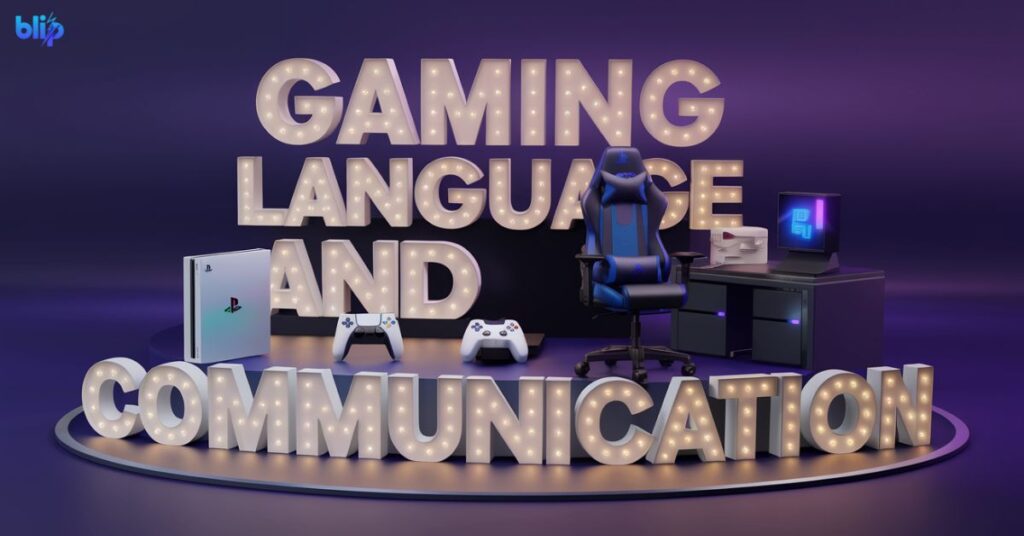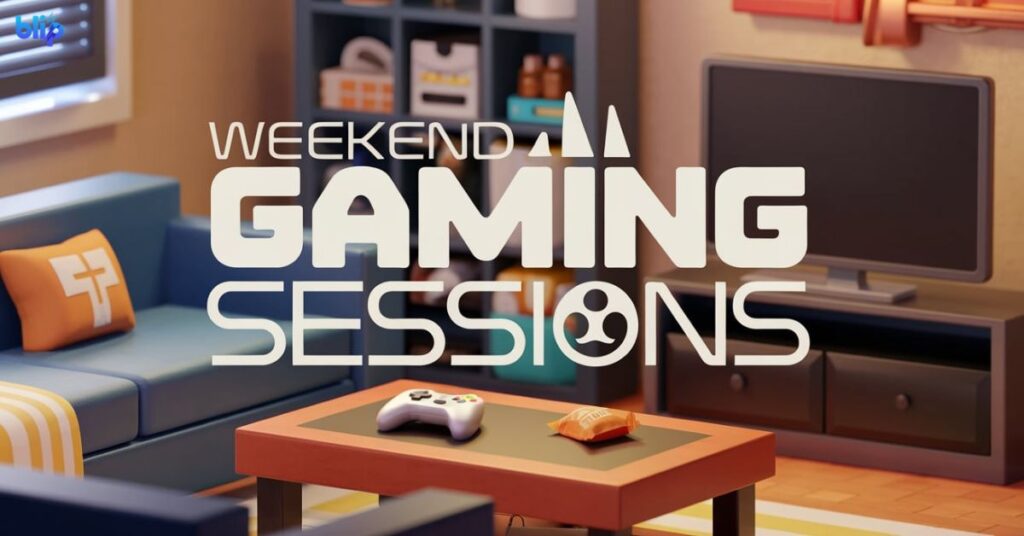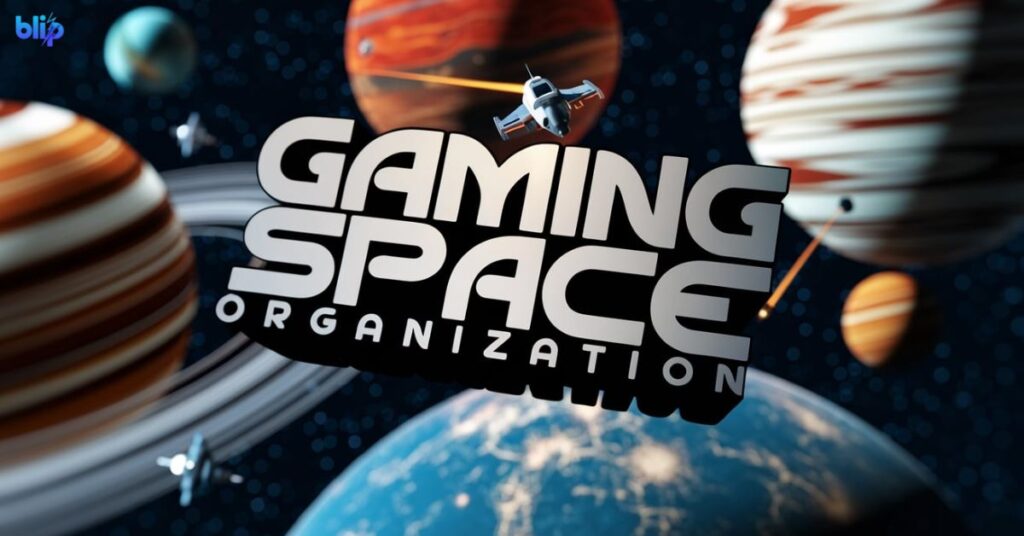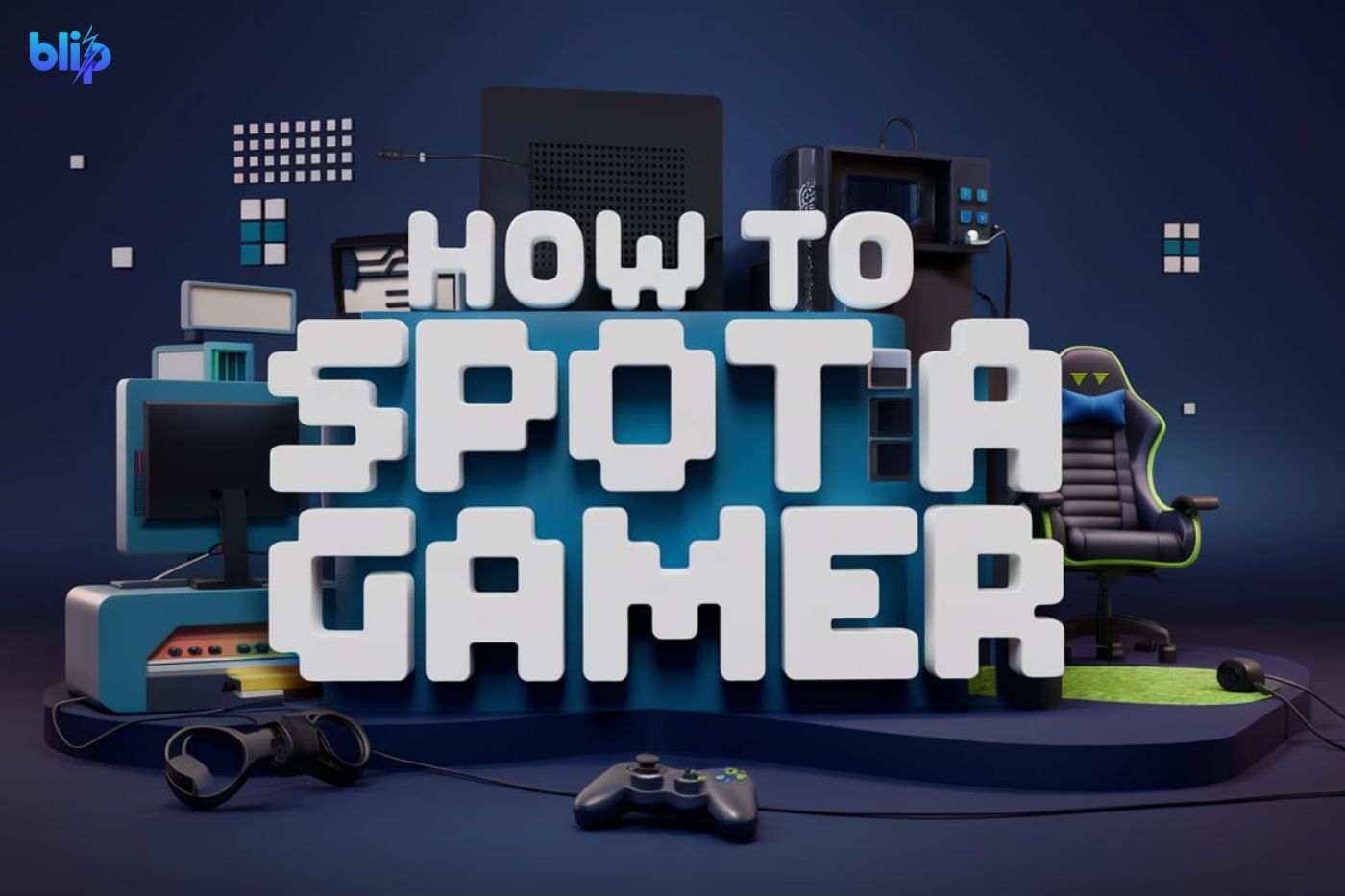How to spot a gamer in today’s digital world involves recognizing the diverse spectrum from casual mobile players to hardcore esports enthusiasts, as gaming culture continues to expand and evolve with distinctive characteristics and behaviors.
Ever wondered what makes a gamer stand out in today’s digital world? Beyond the obvious gaming gear and setup, there are unique signs that reveal a true gaming enthusiast. From their distinct lingo to their carefully organized schedules, learning how to spot a gamer has become an interesting skill in our gaming-influenced society.
The ability to How to spot a gamer goes beyond the stereotypical image of someone sitting in front of a screen with a controller. Modern gamers come from all walks of life, ages, and backgrounds, making it essential to understand the nuanced indicators that reveal their gaming passion.
The Gaming Arsenal
A key way How to spot a gamer is by observing their choice of equipment and setup. Most dedicated gamers invest in specific gear like high-performance computers, gaming consoles, and specialized peripherals that enhance their gaming experience.
RGB lighting and customized setups often serve as visual indicators when trying How to spot a gamer. Their workspace typically features gaming-specific chairs, mechanical keyboards, and precision mice designed for optimal gaming performance.
Quality audio equipment, including gaming headsets with directional sound capabilities, is another telltale sign when looking How to spot a gamer. Many serious players prioritize sound quality for both immersion and competitive advantage.
Gaming Language and Communication

Experienced gamers often reveal themselves through their distinctive use of gaming terminology and expressions. Common phrases like “GG,” “nerf,” and “meta” naturally slip into their everyday conversations.
When trying How to spot a gamer, pay attention to their communication style during casual conversations. They might reference gaming mechanics or use gaming analogies to explain real-world situations.
The use of gaming-specific emotes and reactions in text messages or social media can help How to spot a gamer. These digital expressions often come from popular games or gaming culture.
Community Engagement Indicators
Key signs that help spot a gamer in social settings:
- Active participation in gaming Discord servers and online forums
- Regular engagement with gaming content on social media
- Following and discussing esports events and tournaments
- Sharing gaming achievements and screenshots
- Contributing to gaming wikis and community guides
Gaming Schedule Patterns
Most gamers follow specific patterns in their daily gaming activities. Their gaming schedules often reveal their level of dedication and preferred gaming times. These patterns help us understand how to spot a gamer based on their time management.
Daily Gaming Routines
Hardcore gamers start their day with a quick gaming session before work or school. They might squeeze in a few matches during lunch breaks or right after finishing their daily responsibilities. Evening sessions are common, with many gamers dedicating 2-3 hours after dinner to their favorite games.
Some gamers maintain strict schedules for different games throughout the week. For example, they might play competitive games on weekdays when they’re more alert. Others prefer casual gaming sessions during weekday evenings to unwind after work.
Dedicated How to spot a gamer often set specific time blocks for different gaming activities. They might spend mornings practicing aim in FPS games, and afternoons for story missions. Evenings are usually reserved for team games with friends who are online simultaneously.
Weekend Gaming Sessions

Weekend mornings often start early for many gamers, taking advantage of quiet hours. They use this time for longer gaming sessions without interruption. Many join their gaming friends for extended multiplayer sessions that can last several hours.
Saturday afternoons are popular for community events and team activities. Gamers often participate in scheduled matches or guild raids during these peak hours. The relaxed weekend schedule allows for more immersive gaming experiences.
Sunday gaming usually involves completing weekly challenges or quests. Many gamers use this time to prepare for the upcoming week’s gaming events. They might also catch up on single-player games they couldn’t play during busy weekdays.
Event Participation
Special gaming events often draw gamers to adjust their usual schedules. They might stay up late for game launches or worldwide tournaments. Time zone differences often require flexible scheduling for international gaming events.
Major gaming competitions and esports tournaments can lead to marathon viewing sessions. Gamers often plan their weekends around these events, much like sports fans. They might gather with friends for viewing parties or participate in online discussions during the events.
Gaming festivals and conventions also influence gamers’ schedules throughout the year. They plan vacation days around major gaming expos or local gaming meetups. These events are important social occasions where gamers connect with their community in person.
Gaming Knowledge Indicators
| Category | Common Signs | Typical Behaviors |
| Game Knowledge | Detailed understanding of multiple games | Discusses game mechanics and strategies |
| Industry Awareness | Follows gaming news and updates | Anticipates new releases and trends |
| Technical Expertise | Understanding of gaming hardware | Can discuss specs and performance |
Gaming Space Organization

A well-organized gaming space is one of the clearest signs of How to spot a gamer in their natural habitat. They typically arrange their setup with careful attention to comfort and functionality. Every item in their gaming area serves a specific purpose, from ergonomic chairs to perfectly positioned monitors.
Read this Blog: How Tech Etruesports is Shaping the Future of Gaming
Personal Gaming Stations
Most serious gamers create a dedicated space for their gaming activities. They usually position their desk away from direct sunlight to prevent screen glare, and their chair and monitor height are carefully adjusted for proper posture during long gaming sessions.
Keyboards and mice are placed at optimal distances for comfortable reach. Many gamers use extended mousepads that cover large portions of their desk. They often arrange their peripherals based on their most-played game genres.
Cable management systems help keep wires neat and organized beneath the desk. Gamers typically use cable clips, sleeves, or raceways to maintain a clean setup. This organization helps prevent tangling and makes troubleshooting easier.
Storage Solutions
Game collectors often display their physical game collection in custom shelving units. They organize games alphabetically or by platform for easy access. Special editions and collectors’ items usually get premium spots in their display.
Gaming accessories like controllers and headsets have designated storage areas. Many use charging stations or wall mounts to keep these items organized. Extra cables and small accessories are stored in labeled drawers or containers.
Console gamers typically arrange their systems for proper ventilation and easy access. They might use TV stands with built-in gaming storage compartments. Entertainment centers are often modified to accommodate multiple gaming systems.
Lighting and Ambience
RGB lighting is a popular choice among gamers to create the right atmosphere. They often sync their lights with their games for an immersive experience. Some use smart lighting systems that can be controlled via phone or voice commands.
Proper room lighting helps reduce eye strain during gaming sessions. Many gamers use biased lighting behind their monitors or TV screens. They often choose adjustable lighting options to match different times of day.
The overall room design usually reflects their gaming interests and preferences. Wall art often features favorite game characters or landscapes. Some add LED strip lights to create different moods for different types of games.
Social Media and Online Presence

Common online behaviors that help spot a gamer:
- Following multiple gaming personalities and streamers
- Sharing gaming-related content regularly
- Participating in gaming community discussions
- Using gaming-themed profile pictures or banners
- Maintaining gaming achievement showcases
Final Words
Spotting a gamer in 2024 requires attention to multiple aspects of their lifestyle, behavior, and preferences. The gaming community continues to grow and diversify, making traditional stereotypes less relevant.
Understanding these indicators helps recognize gamers while appreciating the depth and variety of modern gaming culture. Remember that these signs may vary in intensity and combination among different types of gamers.
The key to successfully spotting a gamer lies in observing multiple indicators rather than just one. Their gaming spaces, daily routines, and social interactions all tell parts of their gaming story. By understanding these patterns, you can better connect with and appreciate the growing gaming community.
Frequently Asked Questions
How can you quickly spot a gamer in a social setting?
Look for gaming references in conversation and gaming-themed accessories or clothing.
Are all gamers competitive?
No, many gamers prefer casual or single-player experiences over competitive gaming.
Can you spot a gamer by their profession?
While some gamers work in tech or gaming-related fields, gamers can be found in any profession.
How do mobile gamers differ in these indicators?
Mobile gamers might show fewer visible signs but often display similar behavioral patterns.
Is gaming gear a reliable way to spot a gamer?
While gaming gear is a strong indicator, some gamers prefer minimal setups or use standard equipment.

Raina Johnson is a passionate sports author on Techsblip , focused on delivering insightful and well-researched content that connects sports enthusiasts with the heart of the game. With a deep understanding of sports history, trends, and culture, Raina’s writing inspires readers to appreciate the beauty of competition, teamwork, and human achievement.

